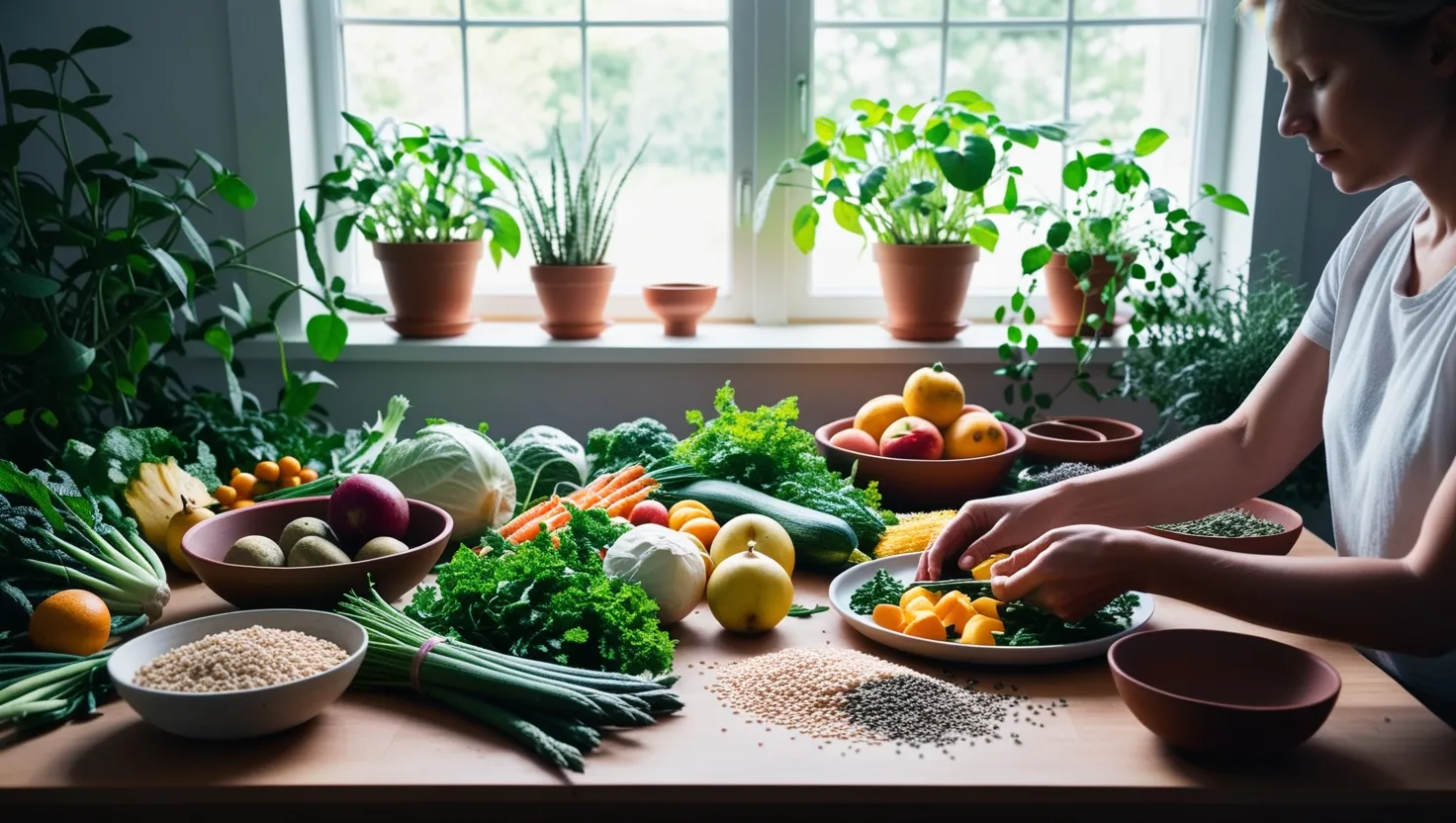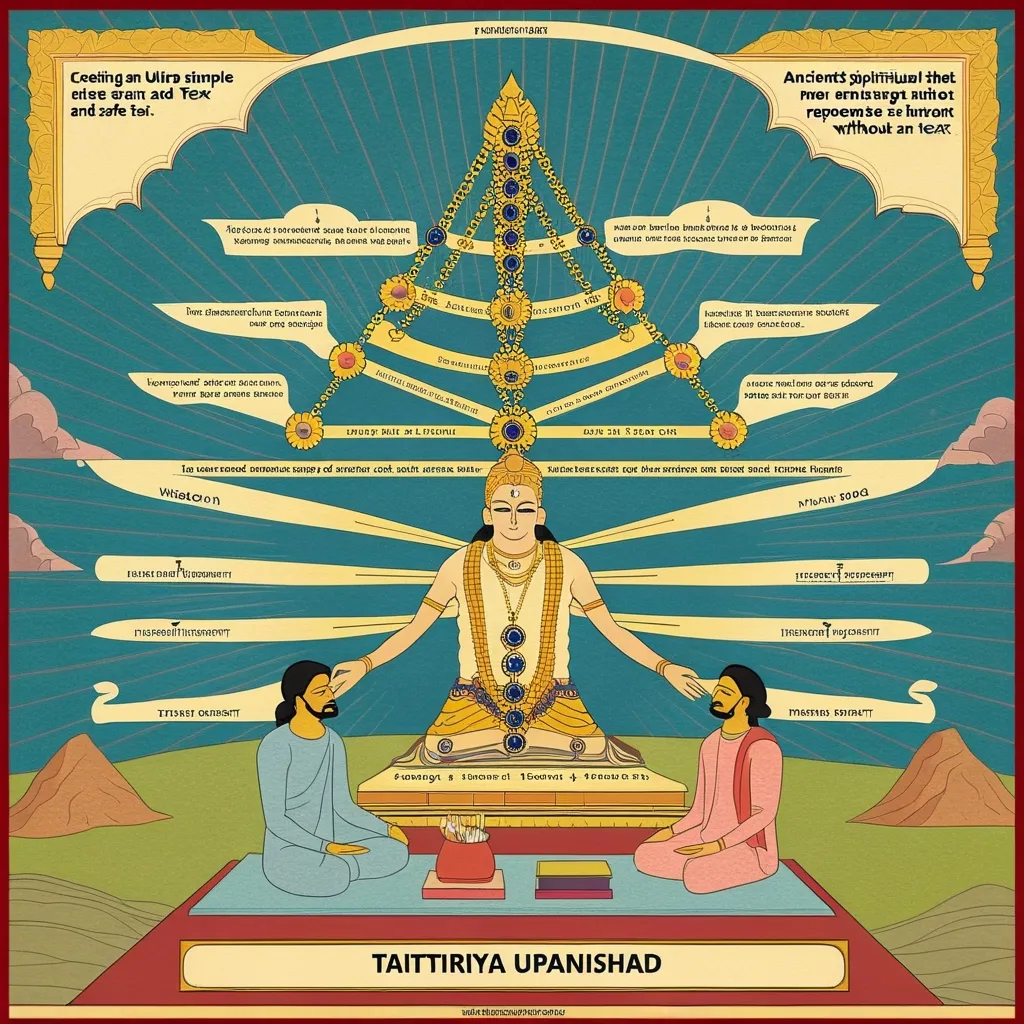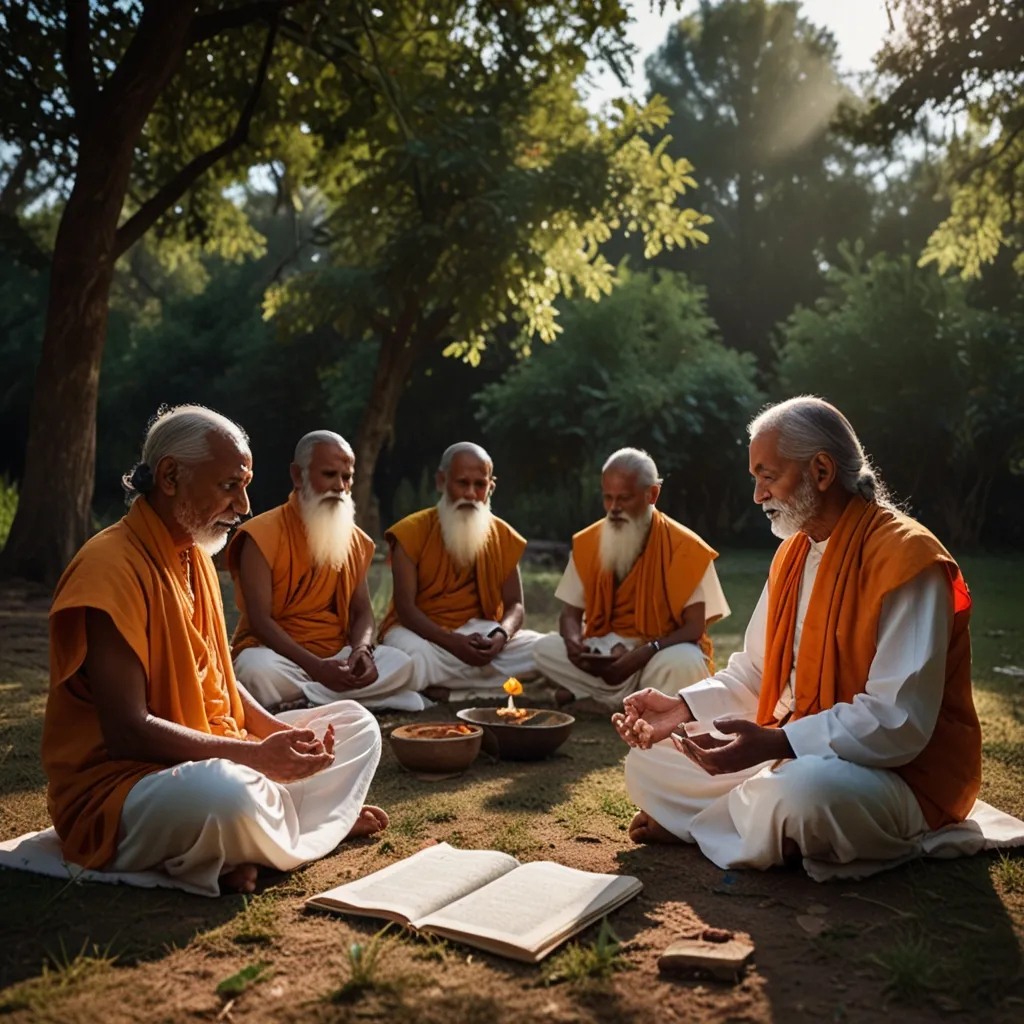When I think about food, it’s easy to slip into habits—meals become routine, rushed, or even mindless. But the more I’ve explored the ancient Vedic approach to nourishment, the more I realize how food, from this perspective, becomes so much more than calories or taste. The Vedas ask us to see food as sacred, not for abstract reasons, but because the very act of eating shapes our bodies, minds, and spirits. What would happen if we treated every bite as an act of honoring both life and consciousness?
The Vedas tell us that food is not just stuff of the earth. It’s born from a deeper, cosmic energy. The Rigveda describes all nourishment as flowing from the divine—a statement that transforms something as mundane as hunger into a bridge linking us to the universe. Food is the way the vast, hidden power of life makes itself intimate, tangible, and personal. Each grain carries that cosmic spark. Imagine, then, how reverence changes the way we eat. Am I rushing or pausing? Am I grateful, or am I taking everything for granted?
“There is no sincerer love than the love of food.” – George Bernard Shaw
In Vedic texts, foods are grouped not by carbs or proteins, but by subtle qualities: sattvic, rajasic, and tamasic. Sattvic foods—fruits, vegetables, grains, milk, nuts—are thought to clear the mind and foster calm. Rajasic foods—onions, garlic, hot peppers—fuel action and passion, even restlessness. Tamasic foods, such as stale leftovers and heavy meats, are said to dull and cloud the mind. It’s a curious system. Modern nutrition talks about macros and vitamins. The Vedas talk about consciousness and character. What’s more important: what a meal does to my body, or how it shapes my thoughts and state of being?
This classification nudges me to reflect, not just on what I eat, but on why. Am I seeking clarity, calm, or stimulation? Am I falling into inertia? What if my cravings are actually subtle cues from my deeper self?
The kitchen itself becomes a sacred space in Vedic tradition. Cooking is meant to be an act of mindfulness and love—a ritual as important as any meditation. Before a meal, many make offerings as a way of saying: I recognize this food as a gift, not a possession. In some households, a portion goes to guests, or to those in need, before anyone else eats. This practice, called Annadaanam, isn’t charity; it’s a form of worship and community. Sharing food is sharing spirit.
“If you can’t feed a hundred people, then feed just one.” – Mother Teresa
This idea that food should be prepared and eaten mindfully feels radical in a world built for speed. In modern kitchens, multitasking is normal, screens glow beside the stove, and the only offering is to the god of convenience. But what happens if I slow down, give thanks, and see cooking as a prayer? My relationship with every meal shifts. I notice the scent of spices, the warmth of the stove, the effort behind each ingredient. Suddenly, I am not just eating—I am participating in a cycle where nature, effort, and spirit meet.
Even the act of eating, according to the Chandogya Upanishad, is a deep form of communion. “Annam Brahma”—food is Brahman, the ultimate truth. This means that every meal is an opportunity to recognize the sacred hiding in the routine. Eating with this awareness, each mouthful is a meditation. It becomes an invitation to presence: chewing slowly, tasting mindfully, listening to the body. Is my hunger physical, emotional, or spiritual? Where do I stop when I feel “enough?” How does my body feel after eating certain foods?
“Let food be thy medicine and medicine be thy food.” – Hippocrates
Vedic wisdom goes deep into the body’s inner world. Digestion is seen as a kind of fire—Agni—that needs tending. If this digestive fire is strong and steady, food is transformed into ojas, a subtle energy that sustains vitality, clarity, and immunity. If Agni is weak or smothered, even the best food goes to waste, turning into toxins, both physical and mental. How can I strengthen my Agni? The Vedas suggest simple practices: eat only when hungry, chew thoroughly, avoid ice-cold drinks, and rest quietly after meals. Do I respect my body’s rhythms, or do I override them? Is my hunger real, or just habit?
The seasons, too, are important guides. The Vedas recommend adjusting what and how we eat according to time of year. When the sun is strong and the days are long, the body digests more easily—fresh fruits, cooling foods, and plenty of hydration work well. When the cold sets in, richer, grounding foods warm and protect us. This is more than common sense—it’s about recognizing our place in the wider rhythms of the cosmos. What is my body telling me in winter, or in the peak of summer? Can I tune in and adapt, rather than sticking to a rigid meal plan?
“Nature does not hurry, yet everything is accomplished.” – Lao Tzu
Fasting, for many, sounds intimidating. But in Vedic thought, periodic abstinence from food is a spiritual reset. Fasting isn’t punishment—it’s a conscious break, a chance to rest the digestive fires, clear the mind, and cultivate self-control. The Bhagavad Gita describes moderation as the ideal: neither constant indulgence nor harsh denial, but a balanced path. Why do I eat? Is it for true nourishment, or to fill other kinds of emptiness? Could a period of restraint bring not just physical clarity, but insight into my own attachments?
I find it fascinating that so much of modern health advice—mindful eating, intermittent fasting, eating seasonally—has deep echoes in the Vedic tradition. Yet, the Vedic principles offer an added dimension: an invitation to experience food as not only fuel, but as relationship. It’s not just what I put in my mouth, but how I prepare it, offer it, and honor it that shapes my well-being.
“The act of putting into your mouth what the earth has grown is perhaps your most direct interaction with the earth.” – Frances Moore Lappé
What would change if we collectively returned to some of these ancient practices? Would we waste less, share more, or reduce chronic ailments? Would our meals become opportunities for gratitude and connection, rather than mere survival or pleasure? I find myself questioning not just the food on my plate, but the entire culture of eating. We have so much abundance, but have we lost the spirit of gratitude?
The Vedas push me to see nourishment as a holistic process. It starts before a seed is sown, in the prayers for rain and the honoring of earth. It continues in the kitchen, with clean hands, a focused mind, and a loving heart. It culminates in sharing, mindful eating, and caring for digestion, all the while being aware of the subtle interplay between food, emotion, and consciousness. The process never ends: the leftover scraps become compost, which in turn feeds new life. We are not separate from these cycles; we are woven into them.
This perspective invites pause. It asks, “What is the real purpose of eating?” Perhaps it isn’t only to fill the stomach, but to nourish life in its fullest sense—body, mind, and spirit. Perhaps, too, every meal can be a meeting point between the mundane and the sacred, a place where I can reconnect with myself, with others, and with the greater web of existence.
“To eat is a necessity, but to eat intelligently is an art.” – François de La Rochefoucauld
As I reflect on these seven Vedic principles, I’m struck by their relevance in today’s fast-paced world. If I approach food as sacred, choose foods that support clarity and balance, prepare and share meals with intention, eat with presence, tend my digestive fire, listen to the seasons, and practice moderation, then food becomes more than sustenance. It becomes a daily act of gratitude, a gift, a practice, and a teacher.
So, next time you sit down to eat, ask yourself: How can I honor this meal? What subtle qualities am I nurturing? Where did this food come from, and whom did it feed before me? Can I taste the divine in every bite? The answers, I’ve found, are as nourishing as the meal itself.






